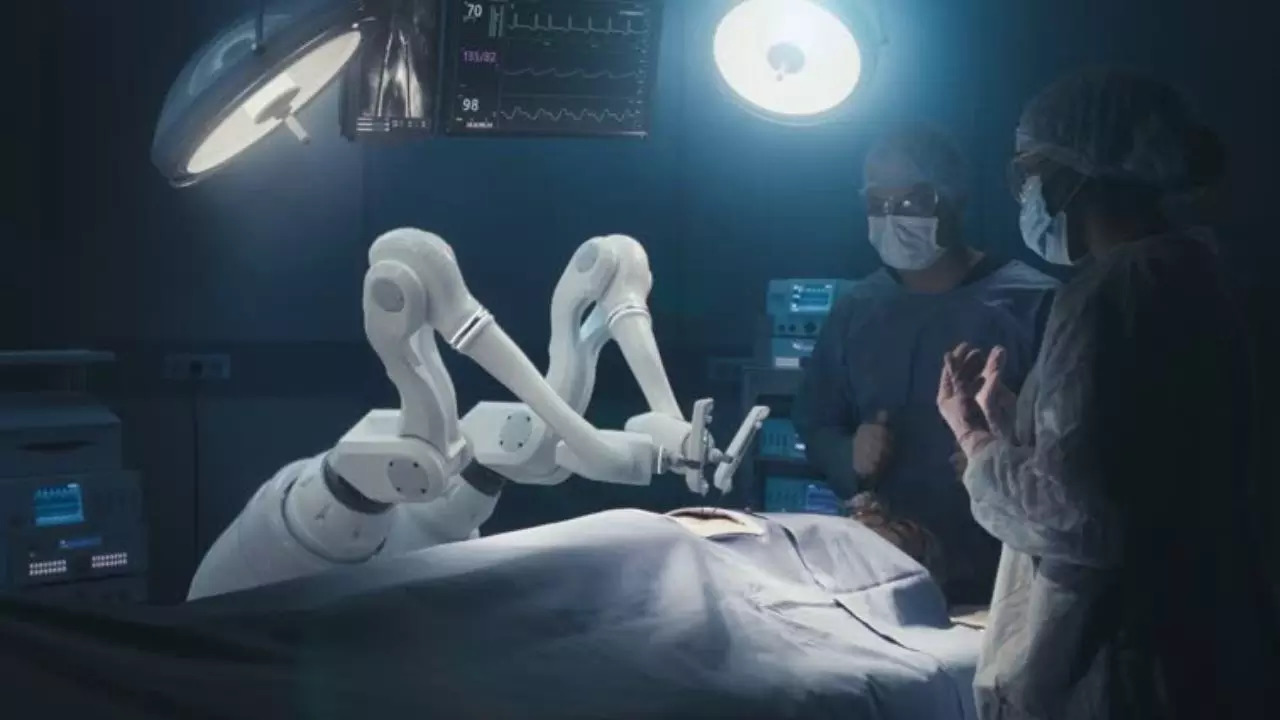-
news
-
Health
How robotic surgery is reducing the risk of post-operative infection
Robotic surgery has significantly reduced the risk of surgical site infection (SSI). With advanced robot-assisted systems, surgeons can perform precise, minimally invasive procedures that require smaller incisions, less tissue damage, and faster recovery times.

How robotic surgery is reducing the risk of post-operative infection (Image credit: iStock)
With advancement in technology, robotic surgery Has emerged as a boon for medical treatment. Previously, there were surgical site infections (SSI) that occurred after surgery. These infections led to serious complications, including increased antibiotic use, delayed recovery, and, in some cases, life-threatening conditions such as sepsis. According to the International Nosocomial Infection Control Consortium, approximately 9.06 hospital-acquired infections (HCAI) occur for every 1,000 ICU patient days. The infection rate in different hospitals of India can range from 4.4 percent to 83.09 percent.
Prolonged hospital stay after the operation, additional surgical procedures, prolonged recovery time, etc. can also significantly contribute to surgical site infection. So how has robotic surgery changed this?
We contacted Dr Suresh Kumar D, surgical oncologist, Tamil Nadu Government Multi Super Specialty Hospital, who explained that by using state-of-the-art robotic-assisted surgery (RAS) systems like da Vinci, surgeons can perform minimally invasive procedures. surgery that reduces the risk post infection“They achieve this because of the greater focus on control and precision in robotic surgery, which minimizes tissue stress during the procedure. More precise and smaller incisions are possible using robotic technology, which uses 3D vision systems to enhance visualization so surgeons can navigate complex anatomical structures with unmatched precision. As a result, there is less blood loss, pain and post-operative discomfort and the possibility of infection also reduces,” he said.
He further explains that the shorter recovery time reduces the chances of infection. The benefits of robot-assisted surgery extend beyond the operative phase and into the postoperative period. Robotic-assisted surgery often results in patients spending less time in the hospital after surgery. This limits exposure to microorganisms, which naturally reduces the incidence of health care-associated infections.
Robot-assisted surgery sees faster healing with smaller incisions and less tissue tension. “Compared to patients undergoing normal open surgery, patients undergoing this procedure experience less pain and discomfort and can return to their regular activities sooner. The short recovery period of robotic surgery therefore contributes to reducing the risk of infection, and enhances patient outcomes,” Dr. Suresh says.
According to experts, these robotic surgeries will be more accessible, cost-effective and widely adopted in hospitals across the country. This will not only improve surgical precision, but also reduce recovery time, reduce complications and significantly reduce infections after surgery, making advanced health care more efficient and safer for patients.
Get the latest news live on Times Now with breaking news and top headlines from around the world.


